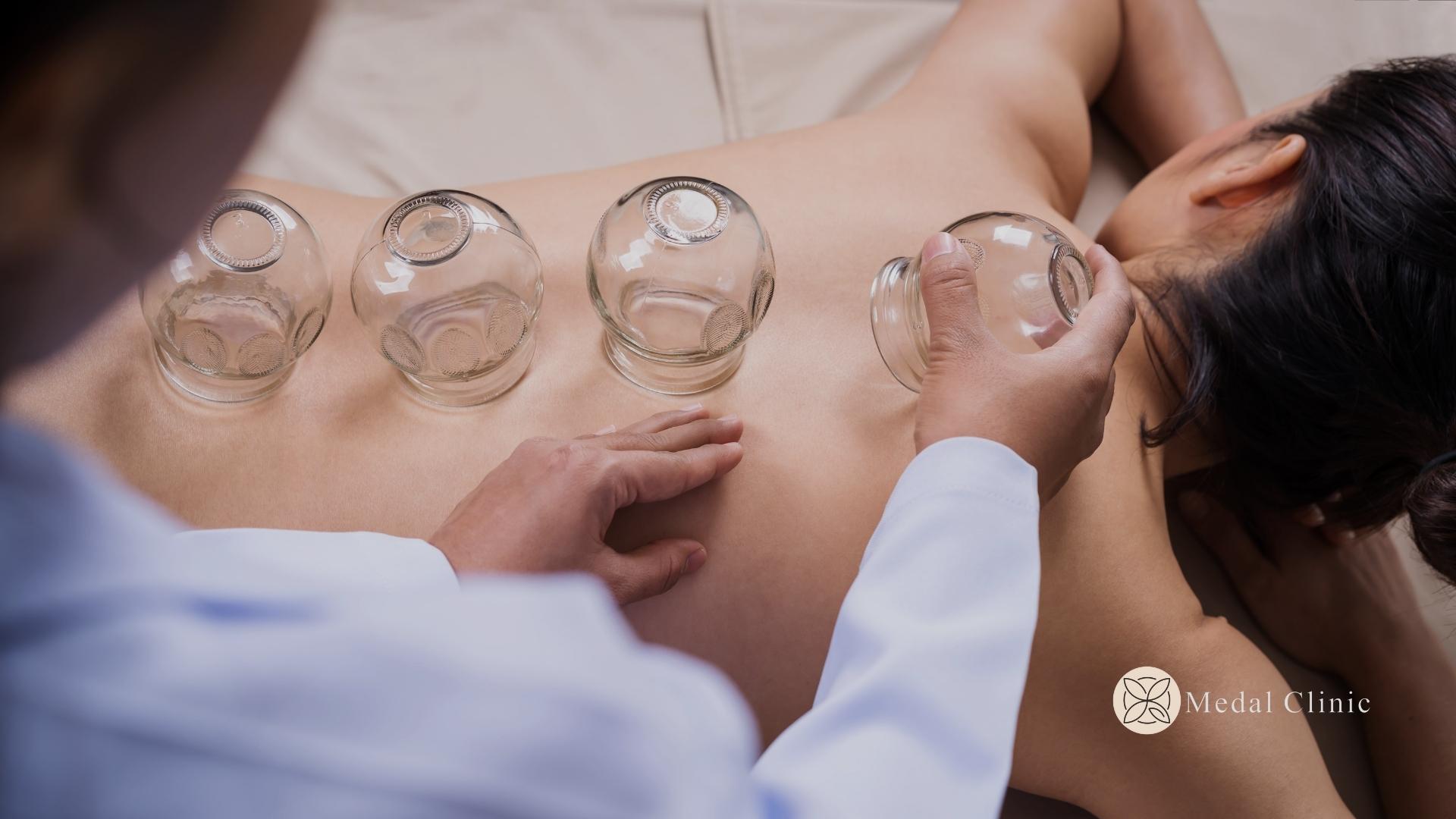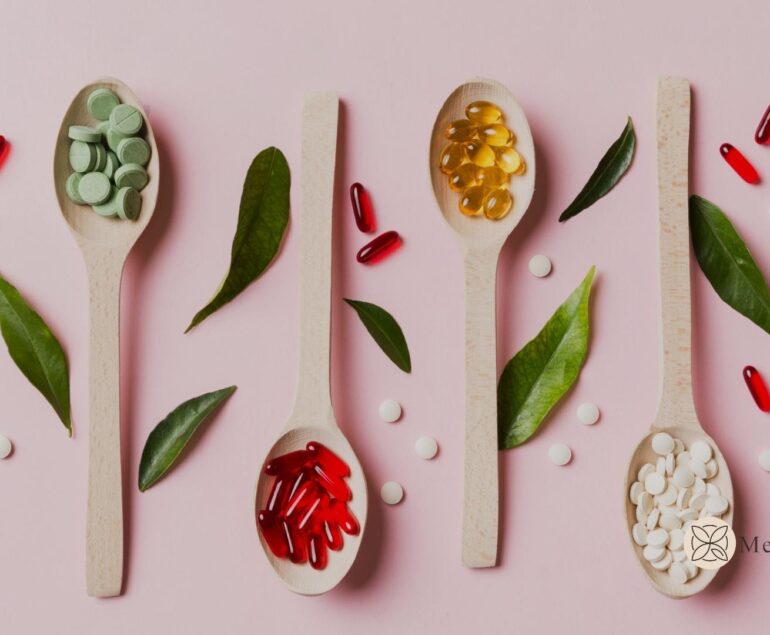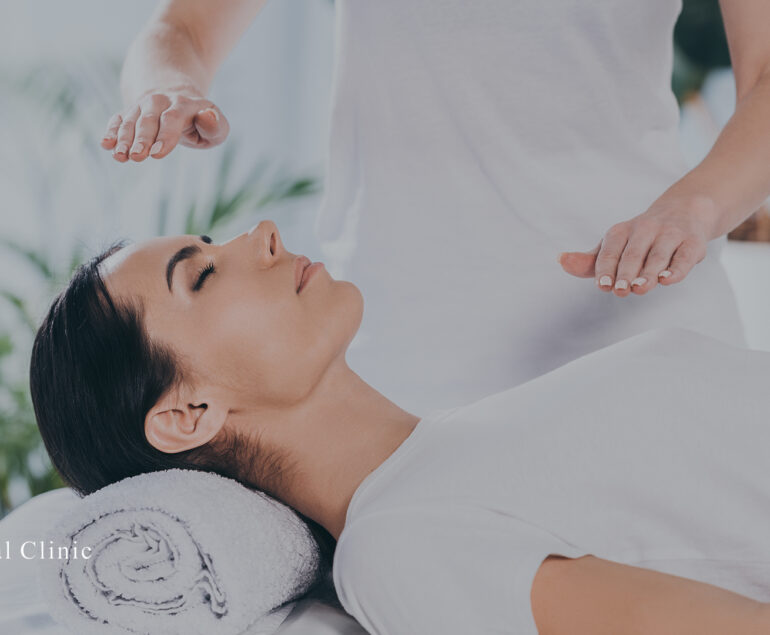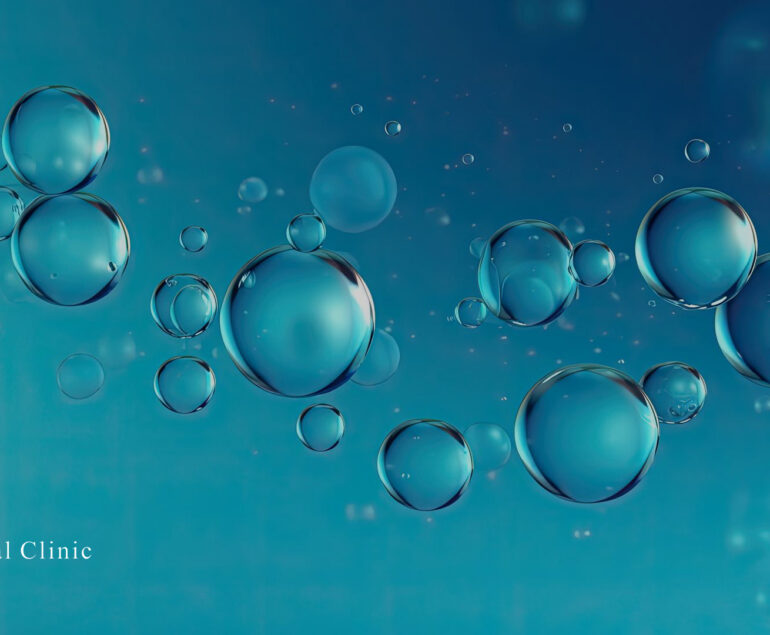The Art and Science of Cupping Therapy: Unveiling Ancient Healing Techniques
In the world of alternative medicine and holistic healing, cupping therapy has gained significant attention for its intriguing methodology and potential health benefits. With its roots stretching back to ancient civilizations, cupping therapy has transcended time to find its place in modern wellness practices. This blog will delve into the origins, techniques, potential benefits, and considerations associated with cupping therapy, shedding light on this unique therapeutic approach.
Ancient Origins and Modern Revival
Cupping therapy can trace its origins back to ancient Egyptian, Chinese, and Middle Eastern cultures. These civilizations believed in the concept of “qi” or vital energy that flows through the body, and disruptions in this energy flow lead to various ailments. Cupping therapy was developed to restore balance and promote healing.
The technique involves placing cups on the skin to create a vacuum that draws the skin and underlying tissues upward. Traditionally, these cups were made of materials like glass, bamboo, or pottery. In modern times, practitioners use cups made of various materials, including glass, silicone, and plastic, for a more controlled and safe experience.
Techniques and Methods
Cupping therapy comes in several variations, each with its own approach and benefits:
Dry Cupping: In this method, cups are placed on specific areas of the body and left in place for a few minutes. As the skin is drawn upwards, blood flow is increased, which is believed to help release toxins and stimulate healing.
Wet Cupping: Also known as Hijama, this technique involves creating small incisions on the skin after cupping and then reapplying the cups to draw out a small amount of blood. It’s believed to help remove “bad blood” from the body.
Fire Cupping: In this traditional approach, a flame is briefly introduced into the cup to create a vacuum before placing it on the skin. The cooling of the air inside creates the suction effect.
Moving Cupping: In this method, lubricant is applied to the skin, and the cups are moved across the surface, creating a massage-like effect that targets larger areas.
Potential Benefits and Considerations
Advocates of cupping therapy suggest that it can offer various potential benefits:
Pain Relief: Cupping therapy is believed to help alleviate muscle tension and pain by improving blood flow and promoting relaxation.
Improved Circulation: The suction created by the cups can enhance blood circulation, which may aid in the delivery of nutrients and oxygen to tissues.
Stress Reduction: The relaxation induced by cupping therapy can help reduce stress and anxiety levels.
Detoxification: Some proponents claim that cupping therapy helps remove toxins from the body through increased circulation and lymphatic drainage.
However, it’s important to note that scientific research on cupping therapy’s efficacy is still limited, and its benefits might vary from person to person. People with certain medical conditions, such as skin allergies, bleeding disorders, or pregnant individuals, should consult a medical professional before undergoing cupping therapy.
Conclusion
Cupping therapy’s history and methodology reveal a unique and ancient approach to holistic healing. While it has gained popularity in recent times, there is a need for more comprehensive research to fully understand its benefits and mechanisms. As a content and blog writer, exploring the world of cupping therapy can provide your readers with valuable insights into this intriguing alternative therapy and its place in modern wellness practices. Remember to approach the topic with a balanced perspective, presenting both the historical significance and the current scientific understanding of cupping therapy. Contact Us Now!
FAQ's
What is cupping therapy?
Cupping therapy is an alternative healing technique with ancient origins, involving the placement of cups on the skin to create a vacuum effect. This suction draws the skin and underlying tissues upward, promoting increased blood circulation and potential therapeutic benefits.
How does cupping therapy work?
The cups used in cupping therapy create a vacuum by drawing air out, causing the skin to rise within the cup. This suction effect is believed to increase blood flow, stimulate the flow of “qi” (vital energy), and help release tension and toxins from the body.
What are the different types of cupping therapy?
There are several variations of cupping therapy, including dry cupping, wet cupping, fire cupping, and moving cupping. Dry cupping involves placing stationary cups on the skin, while wet cupping involves controlled bloodletting. Fire cupping uses flame to create the vacuum, and moving cupping involves gliding the cups across the skin’s surface.
What conditions can cupping therapy potentially address?
Cupping therapy is often used to alleviate muscle tension, promote relaxation, and potentially address conditions like back pain, neck pain, and stress. Some proponents believe it can aid in improving circulation, reducing inflammation, and supporting the body’s natural detoxification processes.
Is cupping therapy safe?
When performed by trained and qualified practitioners, cupping therapy is generally considered safe. However, there can be risks, such as skin irritation, bruising, and discomfort. It’s important to consult with a medical professional before undergoing cupping therapy, especially if you have existing health conditions or are pregnant.
How long does a cupping therapy session last?
The duration of a cupping therapy session can vary based on the practitioner’s approach and the type of cupping being performed. Sessions can last anywhere from 15 to 30 minutes, or even longer for more comprehensive treatments.
Can I combine cupping therapy with other treatments?
Many individuals choose to combine cupping therapy with other complementary treatments such as acupuncture, massage, or traditional medicine. However, it’s essential to inform your healthcare provider about any alternative therapies you’re considering to ensure safe and effective integration.




